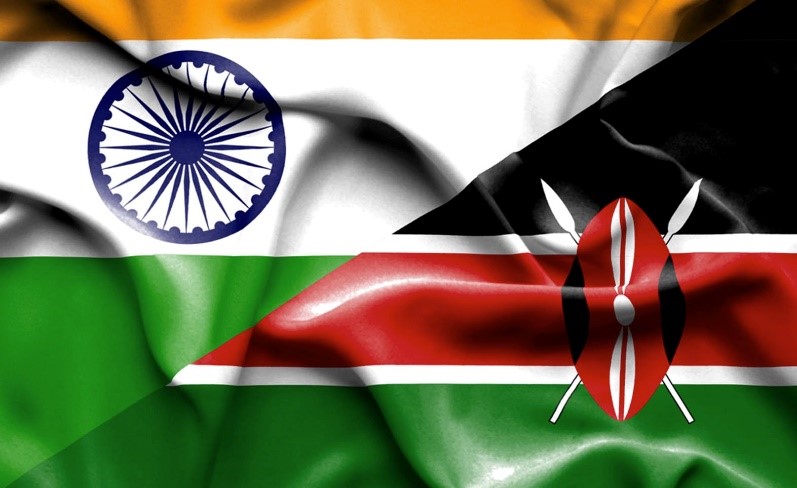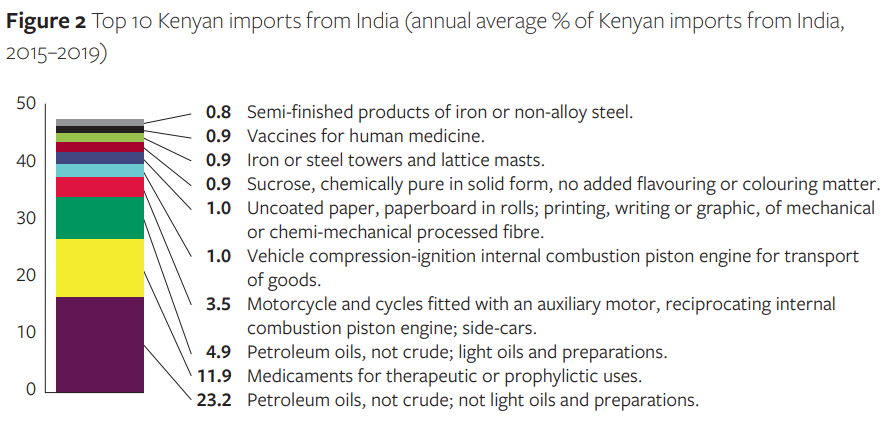Free Courses Sale ends Soon, Get It Now


Free Courses Sale ends Soon, Get It Now



Disclaimer: Copyright infringement not intended.
Context
India Kenya Relations
History
Political Relations:
International Collaboration
Trade and Economy


Indian Diaspora
Investments
Connectivity and Travel
Academic and Cultural Links
Development Cooperation
Technical Cooperation
Importance for India
Geopolitics of the Western Indian Ocean
|
PRACTICE QUESTION Q. India's Africa policy and the Indian Ocean strategy meet at the East and Southern African seaboard, and therefore, countries like Kenya are assuming increasing geopolitical prominence. It is necessary for India to appreciate the importance of relatively smaller yet strategically essential countries like Kenya. |
https://epaper.thehindu.com/ccidist-ws/th/th_delhi/issues/49773/OPS/GBTBMC0IV.1+GL6BMC3GF.1.html
© 2024 iasgyan. All right reserved